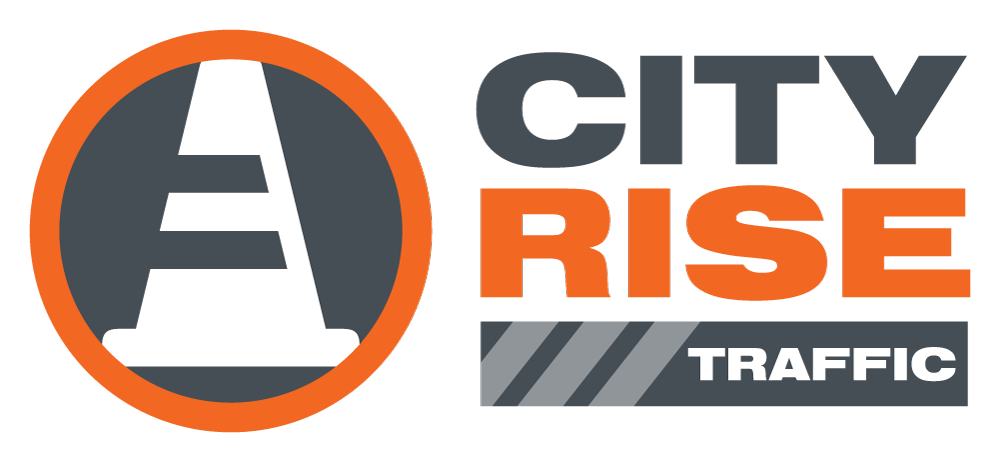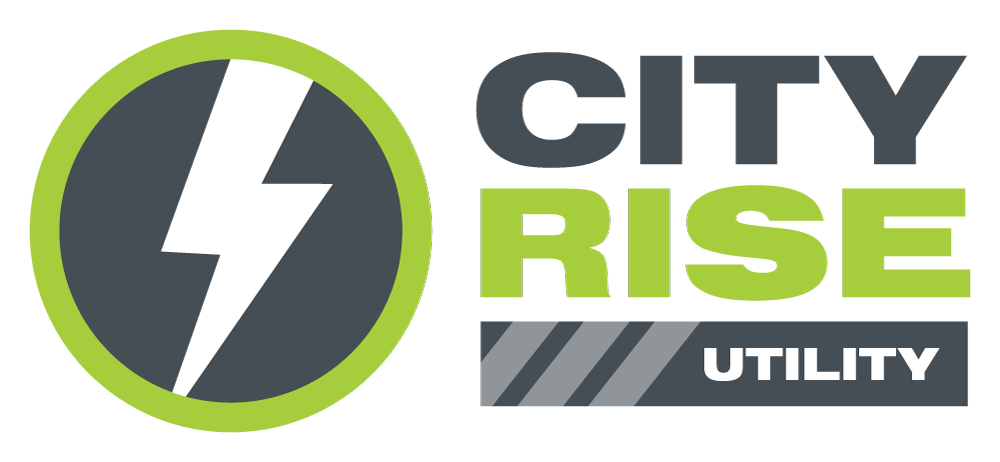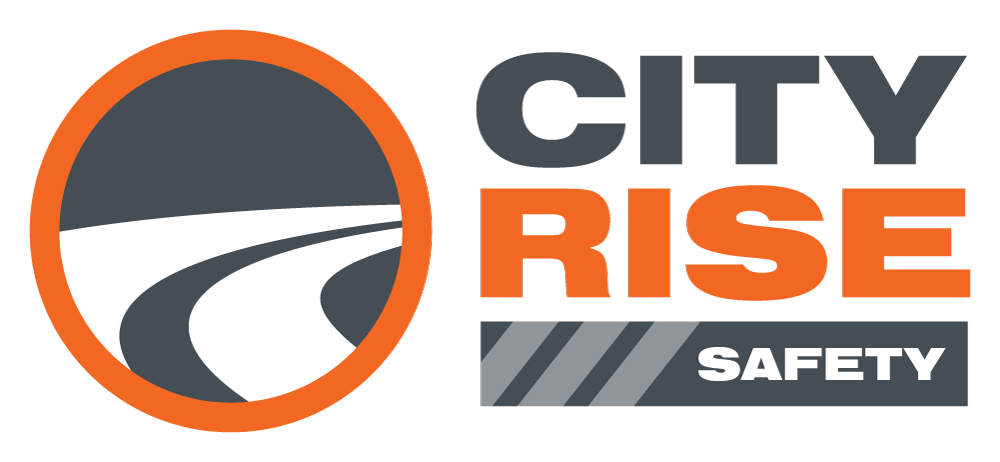There are various situations in which traffic may need to be controlled. Freeway construction, repairing the roadways, or if a road is blocked due to snow, severe weather, mowing operations, or any other factor that may affect the flow of traffic. In a high traffic situation where there is traffic control, there are usually warning signs leading up to the work site to improve and ensure safety. These areas between the first advance warning sign and the point where the traffic is no longer being controlled are known as the traffic control zones. Driving through traffic control zones safely requires you know a few key rules as far as safety is concerned. Here are five traffic control zones that you must understand in order to travel safely through a traffic construction environment.
1. Advance Warning Area
The advance warning area is the point where the initial warning signs are placed so you as a motor-vehicle operator can prepare to make the correct maneuvers. In a traffic environment where there is no shoulder closure, just a single sign will be enough because the traffic construction isn’t choking the flow of traffic. On two-way or multilane roads, advance warning signs should be placed on all the roads to slow the speed traffic in case stopping is necessary. Message-Information-Action (MIA) signing should be displayed with all the signs to be placed on the road. The first sign informs motorists that they are approaching an area where work is ongoing. The message will read something like “ROAD WORK AHEAD”. The next sign will contain information about what the motorist should expect ahead. The message will read something like “SINGLE LANE ROAD AHEAD”, and the third sign is the action to take and the message on the road sign will say something like “BE PREPARED TO STOP”. You may subconsciously read these messages and follow directions based on the behavior of the traffic you’re already a part of and flowing with, but now you know what you’re looking at while it’s happening.
2. Transition Area
In the transition area, the shoulder or lane is closed with the use of channelizing devices, which can be orange traffic cones or other traffic control devices. In a situation where there is a problem of restricted sight distance such as a sharp horizontal or vertical curve, the lane closure should begin at quite a reasonable distance before the view obstruction. Lane closure should not be placed at the end of curves, so you won’t need to worry about missing it and driving off a cliff. That’s why transition areas are such an important phase in traffic control zones.
3. Buffer Space
The buffer space is the area that is not occupied by the work area and transition area. The buffer space exists to make sure the area is safe for both workers and vehicles moving. Worker safety is a critical aspect of traffic construction, as many vehicles fly haphazardly through these construction zones, putting lives at risk. It’s very important to give space to workers and construction equipment for their safety and yours, as you will be liable for their safety in case of an accident.
4. Work Area
The work area is literally the area where equipment is placed and where the workers carry out maintenance operations. You will know it when you see it, as it is the entire reason for any traffic control signage you see leading up to a road work site.
5. Termination Area
The termination area is the zone after the work area. The termination area is important because it safely releases traffic to resume normally without any hindrances. This area is just as important as any of the others because people will literally crash after leaving a traffic construction zone, thinking they can stop paying attention again.
It is important to adhere to and watch out for these traffic control signs in order to ensure maximum safety when roadwork is being done. You cannot afford to compromise your life or the lives of others due to negligence or ignorance of driving safety in traffic construction control zones. These are the most important tips for driving in traffic control zones when road work is being carried out. Driving through traffic control can be quite dangerous and it takes all the expertise you have as a driver, nonetheless, with the proper safety signs and warnings in place from proper traffic control companies, driving through traffic control should be quite easy.



